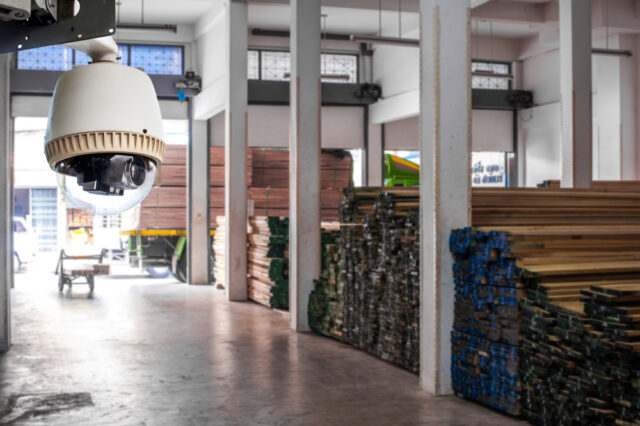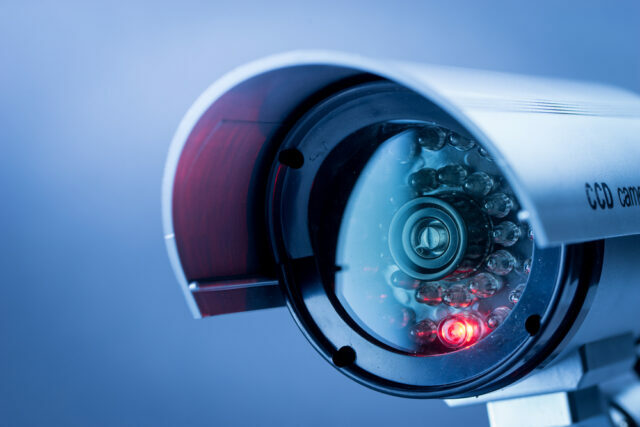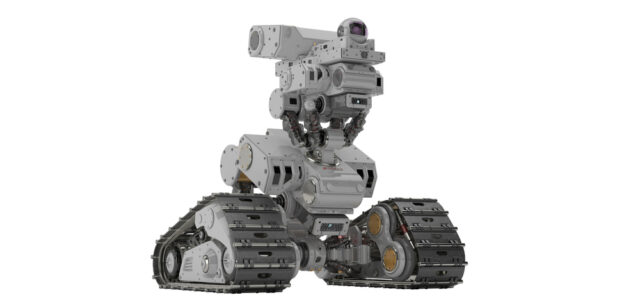
Video surveillance of long distances and large objects
Video surveillance of long distances and large objects
In general, escalating crime rates and heightening security concerns drive the growth of the IT market’s hardware segment. Video surveillance over a long distance and large objects is in demand at all levels: the state, business communities and individuals who own real estate. Let’s talk about organising video control and monitoring for large, remote objects and vast territories.
The emerging need for video surveillance
Complex and large objects of observation include:
- Buildings, large-area structures (factories and other industrial buildings).
- Warehouses and large warehouse stores.
- Shopping and entertainment centres, office buildings and their adjacent territories. Article “Video surveillance in shopping centres: requirements for 2020-2021” will give answers to the main questions on the topic.
- Groud areas and fields.
- Construction sites.
- Car parks, parking lots.
- Remotely located houses/cottages, summer cottages, garages that do not have a communication line with the observation point.
Also, any object of observation with the cable line length of more than 100 meters can be considered remote. At the same time, 100 meters is the recommended line length for an Internet network creation (according to the IEEE 802.3U standard).
What equipment is right?
As a multiplier for increasing the efficiency of security, video surveillance at long distances performs the following functions:
- Ensuring the safety and security of the property.
- Monitoring the situation by patrolling.
- Alarm and event notification.
Depending on goals and budget, video cameras, flying drones, and ground robotics with built-in video cameras can be used to perform video surveillance functions.
Videocameras
If we talk about video monitoring of remote objects that do not have a direct line with the observation point, then it is advisable to install network cameras or IP.
If you need video surveillance for extended, large objects and long distances, it is possible to use wired video cameras combined with equipment for signal amplification. Here, in many cases, analog cameras will have an advantage. This is true with a small budget and a high probability of thunderstorms.
For example, it is about 0.5 km from a controlled object (a car standing on an unguarded site), and there is no possibility of installing video cameras at the facility. At the same time, a large camcorder does not mean effective.
In this case, cameras with a zoom lens with high resolution can be used. At the same time, wide-channel communication lines are required for the normal operation of the equipment.
Robotic cameras
Speed dome cameras (PTZ) have a remote control that allows you to follow a moving object, zoom in on the image (up to 30 times or more), and change the view angle. These functions contribute to the accurate identification of persons, objects and vehicle number plates at a distance from the operator.
Robotic cameras can be used in open areas (outdoors) and indoors. Also, such equipment can combine the functions of signalling.
Flying drones
At the beginning of 2021, crewless aerial vehicles act as assistants to the primary security system to ensure extensive commercial facilities’ safety. Experts are confident that the market for autonomous drones will continue to grow until the standard security system can provide 100% coverage.
Advantages and disadvantages of flying drones:
- Wide view of territories but limited functioning without recharging (usually 30 minutes).
- High cost.
- Lightness of construction; therefore, the drone’s maximum equipment includes one camera or one camera with a thermal imaging sensor.
Ground robots
The innovative developments in ground-based robots with video cameras are incredible. Some are confusing, but the rest are useful for commercial purposes. An overview of interesting robot models is in the article.
Advantages and disadvantages of ground-based video surveillance robots:
- An overview of the territory is relatively small compared to flying vehicles and approximately on a par with human capabilities.
- Endurance, continuous work up to 8 hours and the ability to recharge automatically.
- High cost.
- The possibility of equipping the robot with various cameras and sensors to detect biological, radiation, and chemical nature threats.
Faceter method
Most users incline towards cloud services for long-distance surveillance. You need a stable internet connection and the ability to power your cameras.
A type of cloud video surveillance can be called the Faceter method when for remote monitoring, you only need two phones (smartphone or tablet) and a mobile application. If you use the “Basic” tariff, then the cloud archive cost will not be charged.
You can read about how to organize a remote monitoring system through mobile devices in a selection of articles:
- “Turning an old smartphone into a surveillance camera“;
- “Remote video surveillance via telephone and the Internet“.
Resume
Video surveillance (far, large-scale, over long distances and large objects) is a vital necessity. The video surveillance market is continuously improving and developing, and high competition contributes to the fall in prices for video equipment and ready-made solutions. Find the right video surveillance option for your facility: network cameras or cloud services, robotic cameras or robots, conventional wired analog systems or Faceter mobile monitoring.














